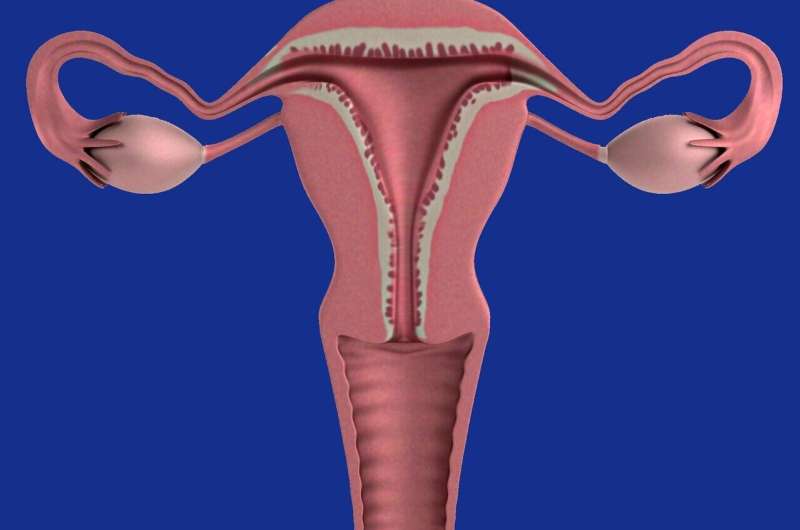Mapping Tick hotspots in Illinois reveals regional risks of tick-borne diseases

A new study maps regions in Illinois most affected by disease-carrying ticks, highlighting the widespread risk of tick-borne illnesses and guiding public health strategies.
A comprehensive study by the University of Illinois at Urbana-Champaign has identified specific regions within Illinois that are hotspots for disease-carrying ticks, providing valuable insights into the risks of tick-borne illnesses across the state. Researchers analyzed data on three significant tick species—lone star ticks, deer ticks, and dog ticks—collected from various sources, including public health reports, museum collections, citizen observations, and active surveillance from 2018 to 2022. Their findings show distinct geographical distributions: lone star ticks are most prevalent in southern Illinois, particularly in counties like Jackson, Williamson, and Saline, which are also hotspots for ehrlichiosis and Alpha-gal syndrome, caused by the bite of this tick. Deer ticks, known for transmitting Lyme disease, are predominantly found in northern and central Illinois, including counties such as Cook and DuPage. Dog ticks, associated with diseases like Rocky Mountain spotted fever, are widespread in southern and central parts of the state.
The study reported over 1,400 ticks collected across 80 counties, with the team employing spatial statistical models to identify clusters with higher-than-expected tick numbers. These clusters coincide with elevated incidences of related diseases, emphasizing the importance of targeted public health strategies.
The presence of all three tick species in nearly every Illinois county underscores the widespread risk of tick bites—and the potential for disease transmission—regardless of proximity to known hotspots. Public health officials recommend that residents take preventive measures such as wearing protective clothing, using insect repellent, and thoroughly checking for ticks after outdoor activities to reduce the risk of infection.
This research not only maps current tick distributions but also offers critical insights for resource allocation and disease prevention efforts. However, data gaps in some counties highlight the need for continued surveillance to better understand and mitigate the impact of tick-borne diseases in Illinois.
For more details, see the full study published in "Ticks and Tick-borne Diseases." Source: https://medicalxpress.com/news/2025-09-hotspots-disease-illinois.html
Stay Updated with Mia's Feed
Get the latest health & wellness insights delivered straight to your inbox.
Related Articles
Innovative Bioprinted Organoids Enable Tumor Feature Capture and Prognosis Prediction
A novel 3D bioprinted tumor model combines patient-derived organoids with AI to accurately capture tumor features and predict patient prognosis, advancing personalized cancer treatment strategies.
Debunking the Overhyped Claims of Magic Mushrooms and Anti-Aging
Recent studies suggest psilocybin from magic mushrooms may promote cellular longevity, but experts warn these claims are overblown and not applicable to humans due to high-dose risks and limited evidence.
Harnessing Big Data to Transform Endometriosis Diagnosis and Understanding
Advanced computational analysis of large-scale health records is revealing new insights into endometriosis, aiming to improve diagnosis and treatment of this complex disease.
Scientists Awarded Top US Prize for Breakthrough Cystic Fibrosis Treatment
A groundbreaking treatment for cystic fibrosis has transformed patient outcomes and earned the prestigious Lasker Prize, offering new hope for affected individuals worldwide.



